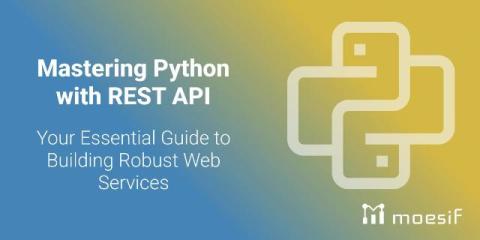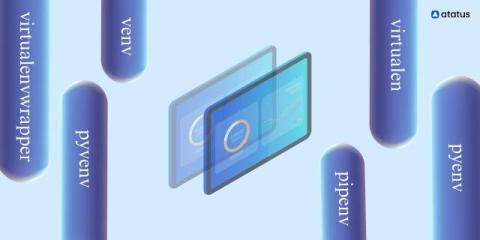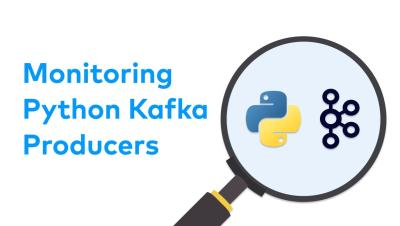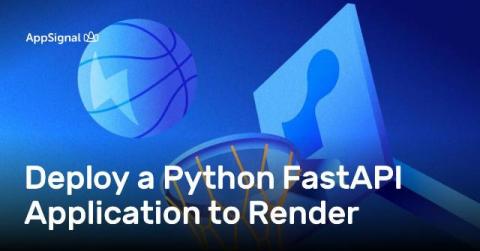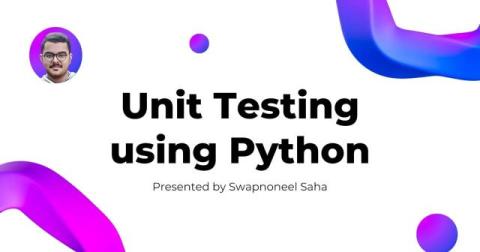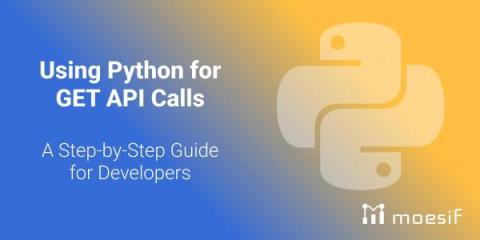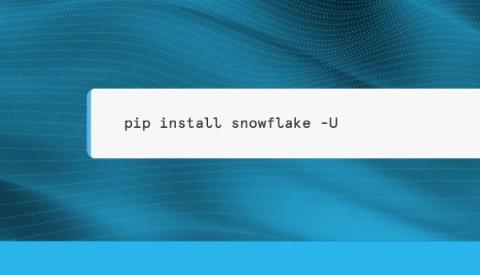Mastering Python with REST API: Your Essential Guide to Building Robust Web Services
If you’re looking to integrate web services using Python, mastering REST APIs is crucial. This article delivers a clear, step-by-step guide to leveraging Python with REST API’s straightforward syntax and libraries to build and connect with RESTful services. From environment setup to security and beyond, expect practical advice that will elevate your Python with REST API projects seamlessly within the world of REST APIs.


